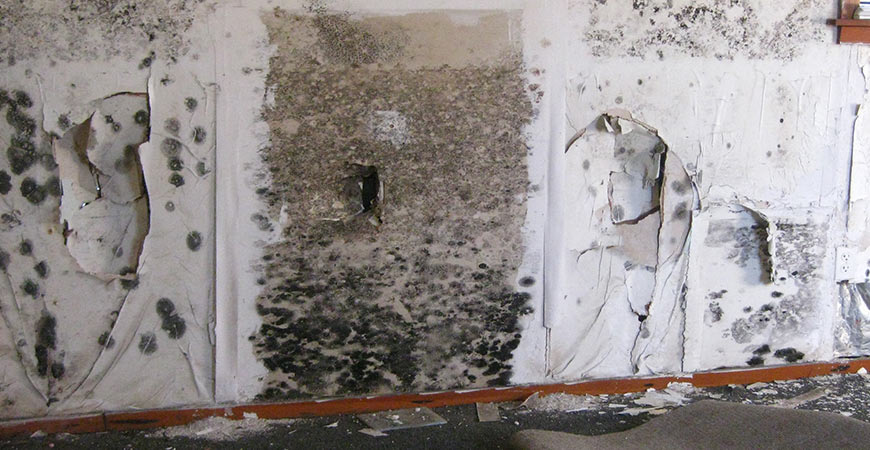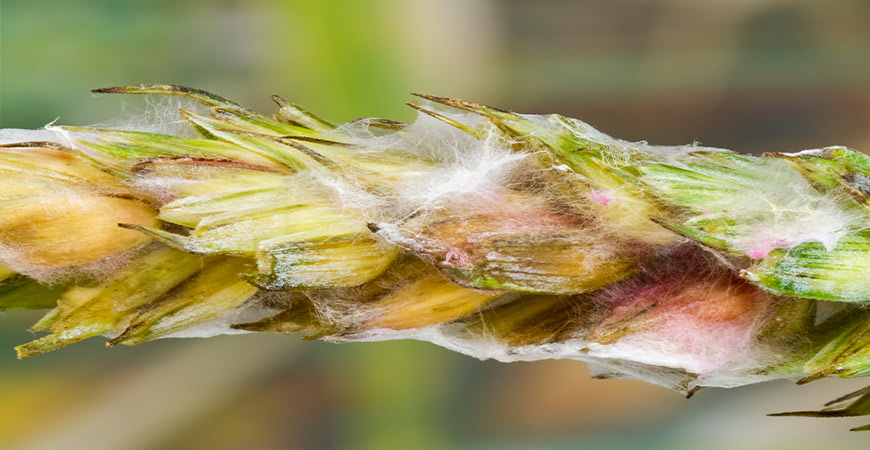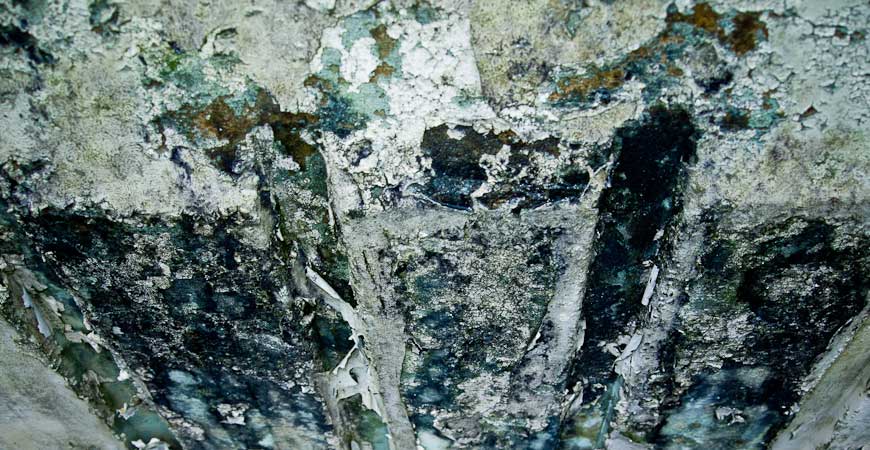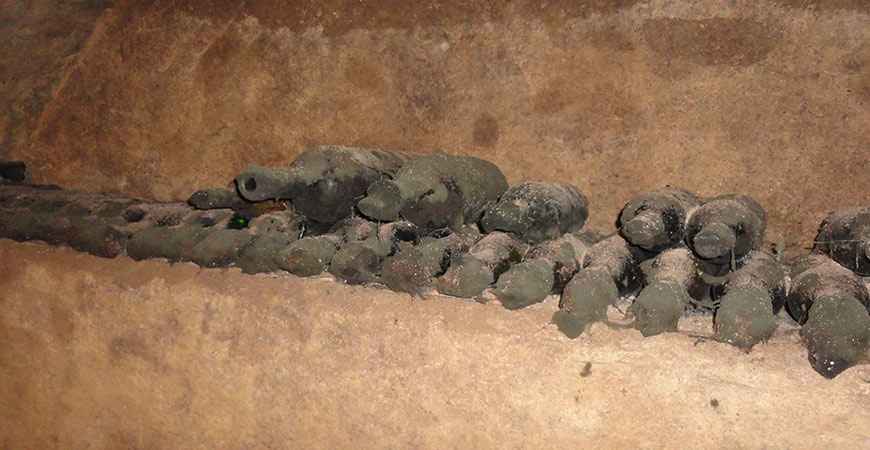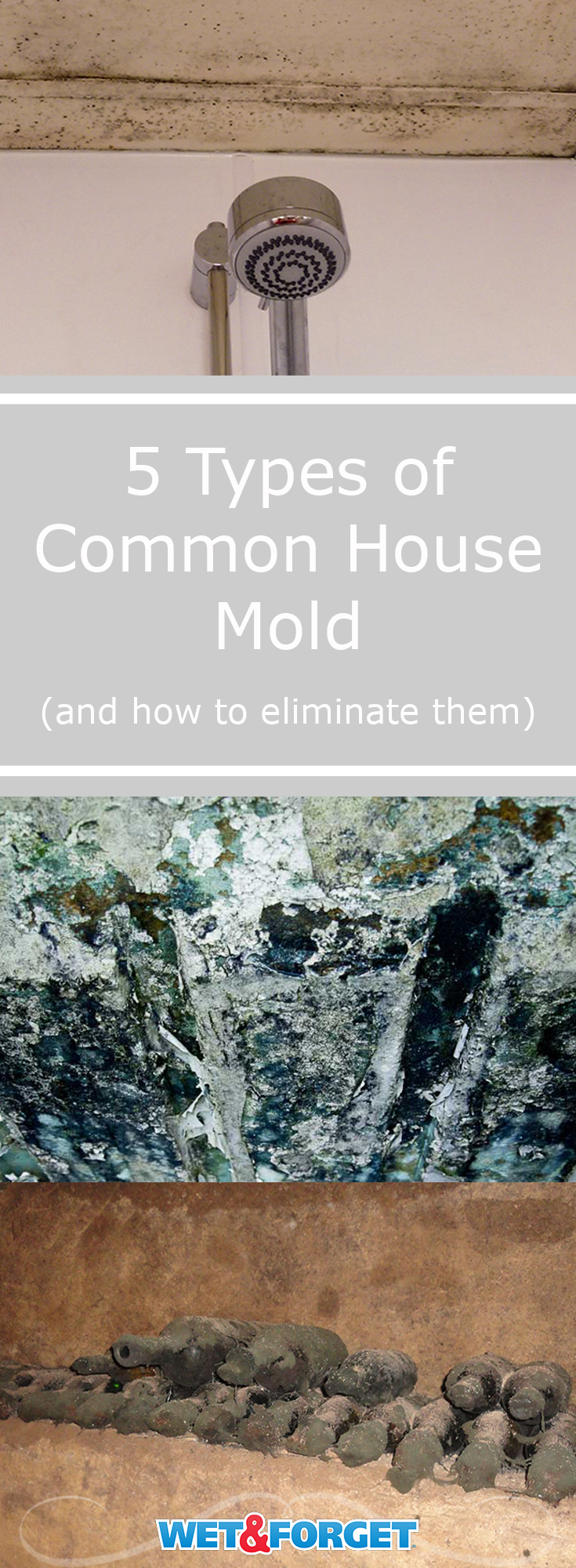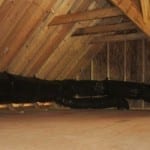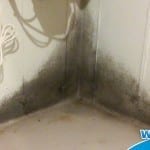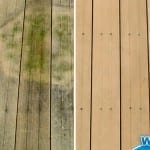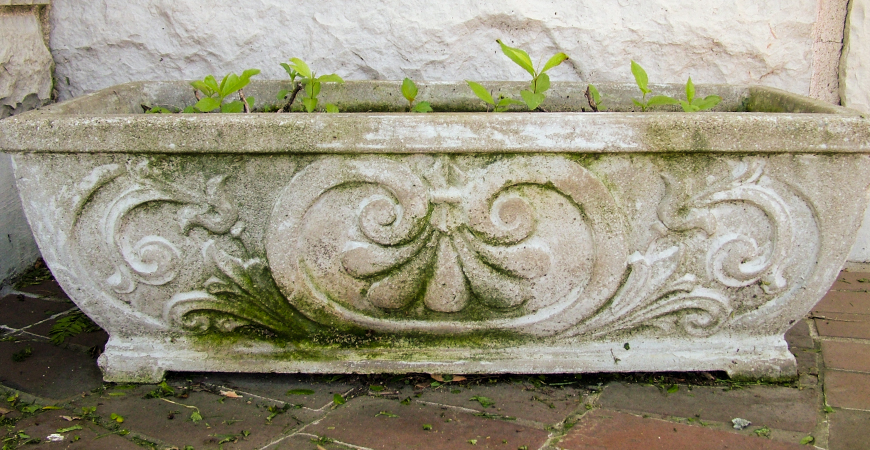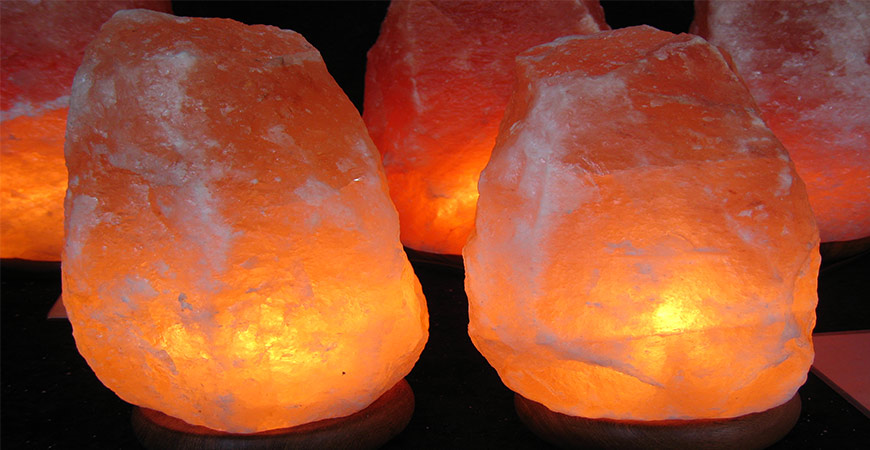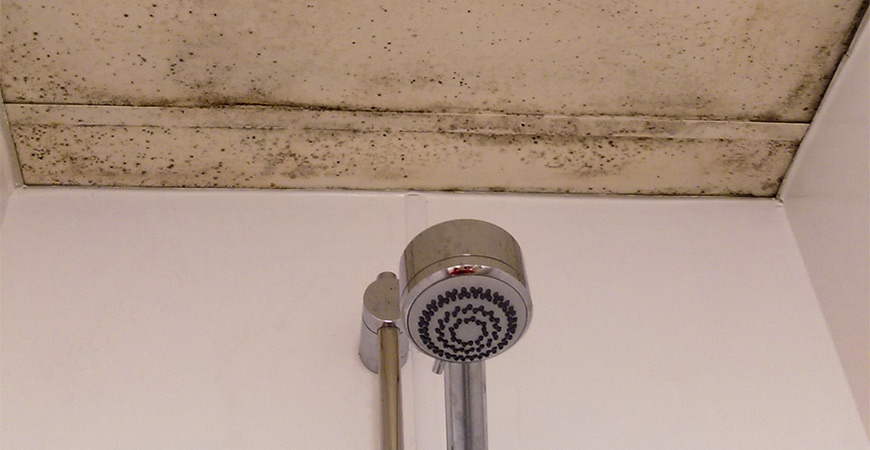
5 Types of Common House Mold
We all know mold is easy to spot in moisture-induced areas in your home. Mold infestations look ugly, can lead to poor indoor air quality, and can even cause you to become ill.
Have you ever wondered what types of mold live in your home and how to kill them? We’ve listed the top 5 types of common house mold and how to identify them.
We’ve also included the best mold killer to eliminate all of these types of molds from your home.
Stachybotrys (Black Mold)
Stachybotrys a.k.a. black mold is one of the most common and most dangerous molds seen in homes. It is frequently found on wallpapers or on other materials such as paper, wood, wicker or cardboard.
Black mold grows in very humid and moist areas of your home. This type of house mold can cause difficulty breathing, coughing, headaches and lengthy exposures can cause lifelong diseases.
It is a very toxic type of mold, so it is best to clear black mold out of your home as quickly as possible.
Aspergillus
Aspergillus frequently grows on household dust, building materials, and spoiled food. This type of mold is especially hazardous for those who have respiratory diseases.
It can cause sinusitis, worsen conditions of those with respiratory diseases, and more. You do not want to be exposed to Aspergillus for a long period of time.
The risk factors are just not worth it, and it can easily be wiped out with an application Wet & Forget Indoor!
Fusarium
Fusarium is commonly found on wallpapers, humidifiers, basements, and in soil. The side effects of being around this type of house mold consist of weakened immune systems, keratitis, and eye infections.
When Fusarium grows in your home it also becomes an inhalation hazard. Therefore, this high-risk mold should be eradicated from your home as soon as possible.
Penicillium
This type of house mold can be seen on walls, spoiled food, insulation, wallpaper, and carpet. It is typically found around damp areas and near food that has gone bad.
It typically appears as a blue or greenish color. The spores can cause allergic reactions but are not nearly as toxic as the black mold. The discovery of penicillium helped aid the finding of penicillin which is used for the treatment of bacterial infections.
However, you do not want to have this type of mold in your home. It can easily be spread onto other areas of your home from trapped moisture.
Cladosporium
Surfaces found in the kitchen and bathrooms, such as painted walls, wallpaper, filters, and flooring, are where Cladosporium frequently grows. It is not as dangerous as black mold or aspergillus, but continuous exposure to this mold can lead to terrible side effects.
This type of mold can cause sinusitis, asthma attacks, and elicit chronic allergies. It is best to wipe out this mold now before you are exposed to it for too long.
Although there are varying side effects for these types of house mold, they do look very similar in appearance and occur in alike areas. The best way to tell what type of mold you are dealing with is to have a mold test done in your home.
You can either hire a professional or purchase a mold testing kit at your local hardware store.
Don’t let indoor mold take over your home and health! Pick up a bottle of Wet & Forget Indoor and keep your home mold-free.
To inhibit mold and mildew, apply Wet & Forget Indoor every 7 days or more often if new growth appears.
(Photos Courtesy of Satemkemet, International Institute of Tropical Agriculture, CropShot, Drumully Irish Arts, and Peter Ortner)

